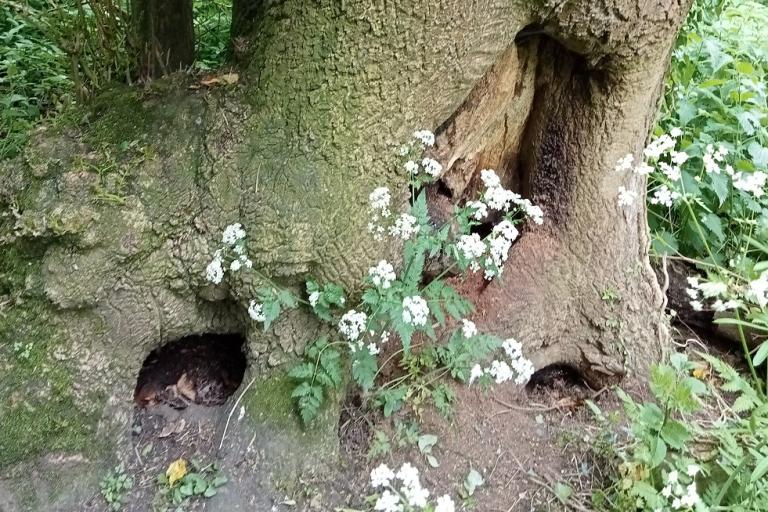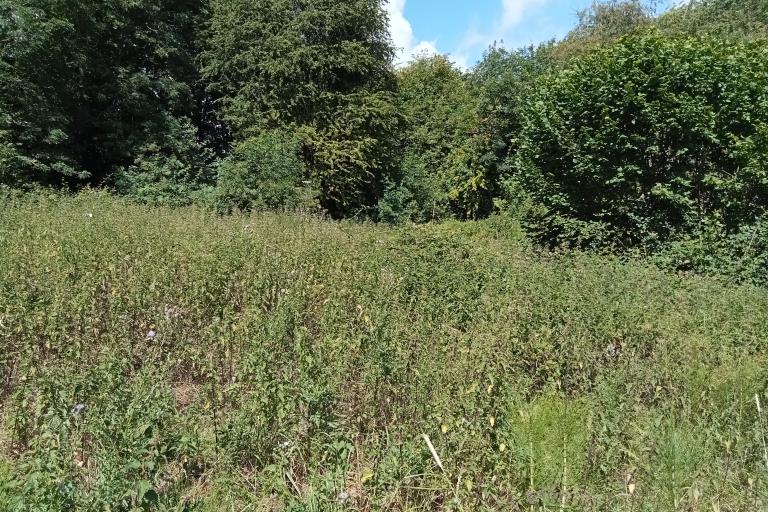Nestled close to the bustling city of Oxford lies a hidden gem of nature, Hutchcomb’s Copse. This 2-acre site of ancient and semi-ancient native oak woodland, continuously wooded since before 1600, is a testament to the resilience of nature and a vital sanctuary for native wildlife.
Recently, the Oxfordshire Badger Group (OBG) acquired this site with the intention of preserving and managing it as a permanent habitat for native wildlife.
To better understand the site’s ecological value, OBG commissioned us to conduct a comprehensive baseline habitat survey. The survey aimed to record the present habitats and identify features of interest for faunal groups for additional surveys.
Surveys
The majority of the site is made up of lowland mixed deciduous woodland, with a good range of tree age classes, including mature and veteran trees. These trees support a wide variety of decay features typical of veteran trees, such as hollowing of trunks, cavities, and dead branches, with substantial amounts of fallen deadwood present. These decay features provide a habitat for hole-nesting birds and bats and serve as valuable micro-habitats for lichens, fungi, and a diverse range of invertebrates, which in turn provide food for various animals.

In addition to the woodland, the site also features a grassland glade. Although currently species-poor, it includes areas of tall herb and dense bramble scrub, offering structural diversity and habitat for invertebrates, reptiles, birds, and mammals.

The findings from the survey will be instrumental in shaping the site’s long-term management strategy and identifying any urgent conservation work required.
For more information about the Oxfordshire Badger Group and their work at Hutchcomb’s Copse, please visit their website. This case study serves as a shining example of how dedicated conservation efforts can help preserve and enhance vital habitats for native wildlife.